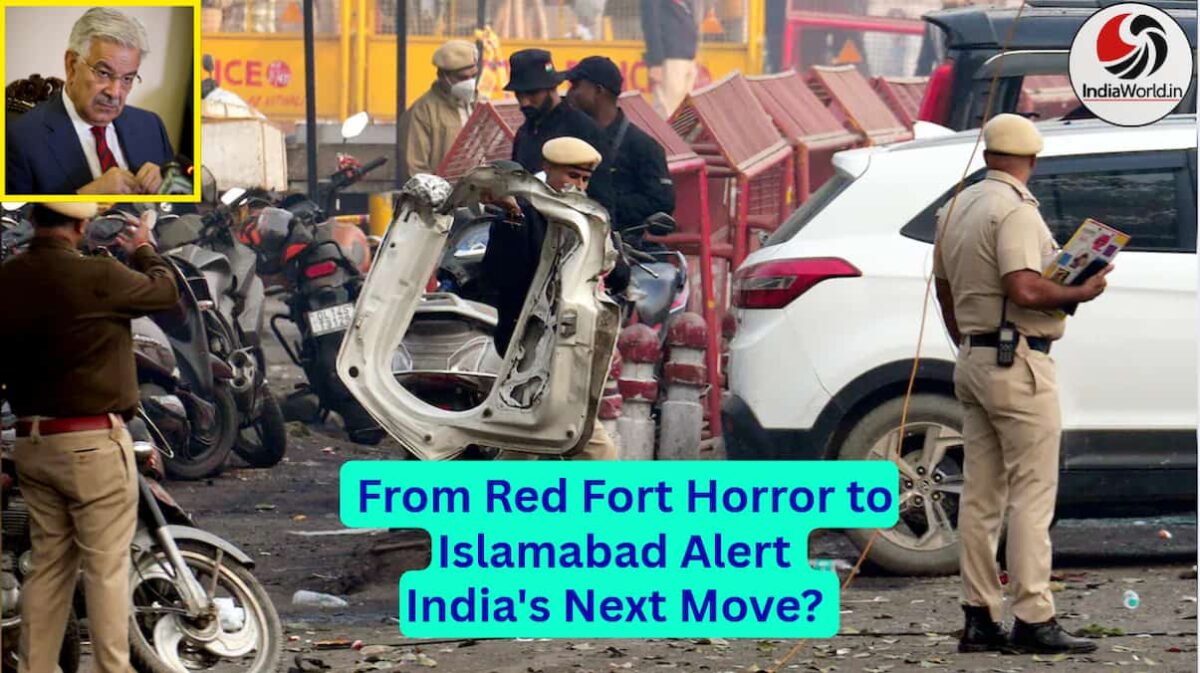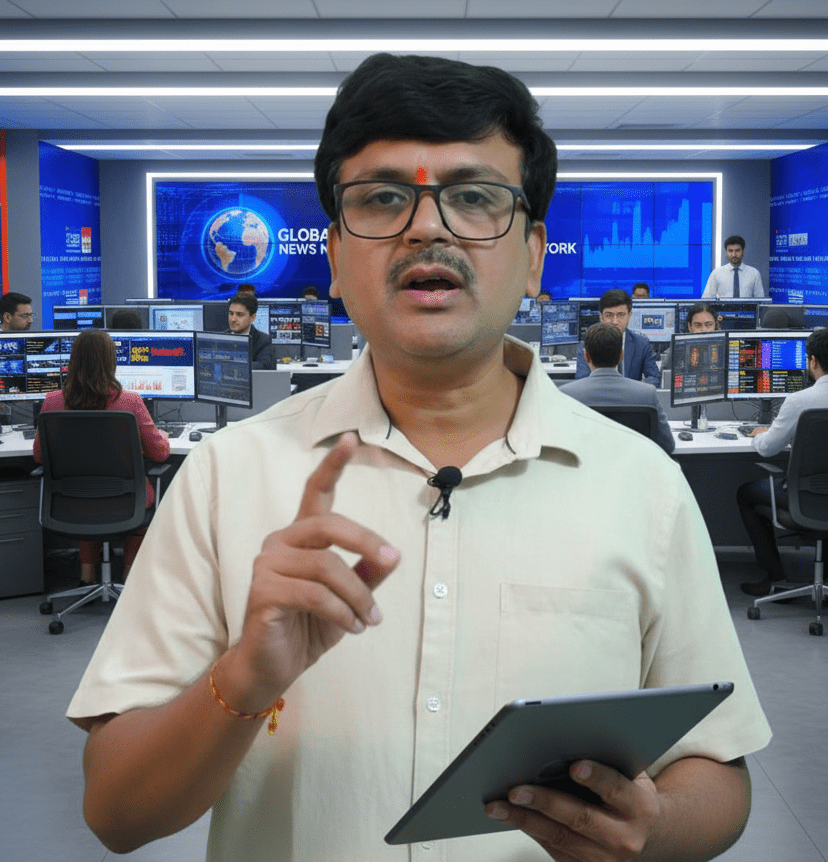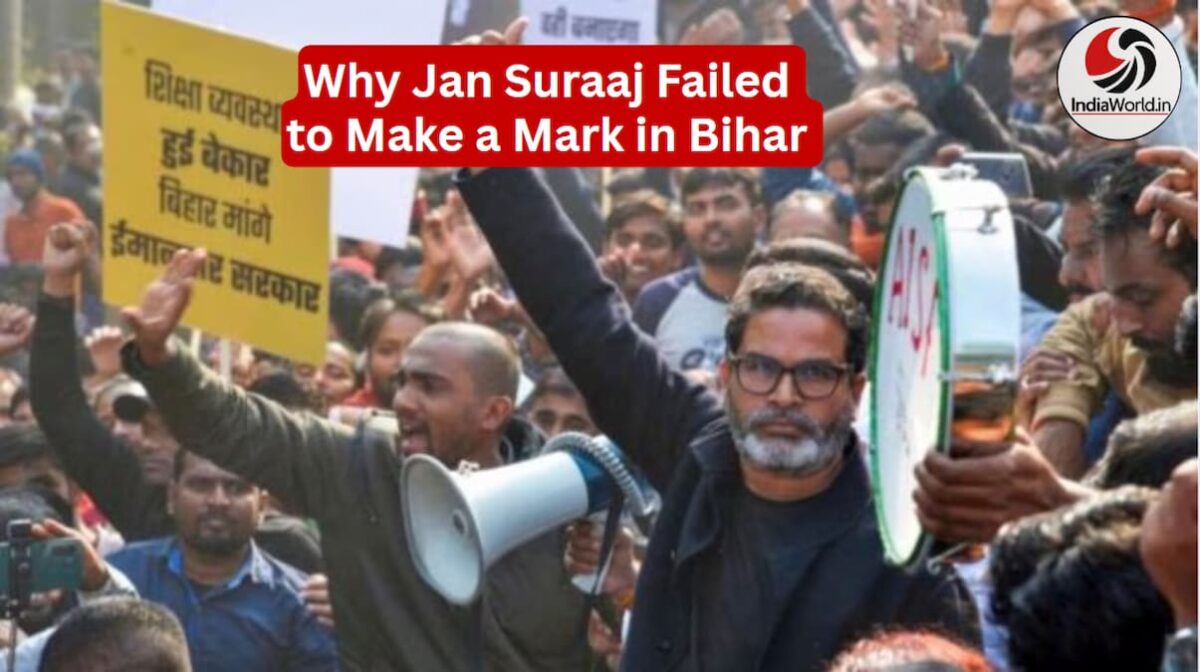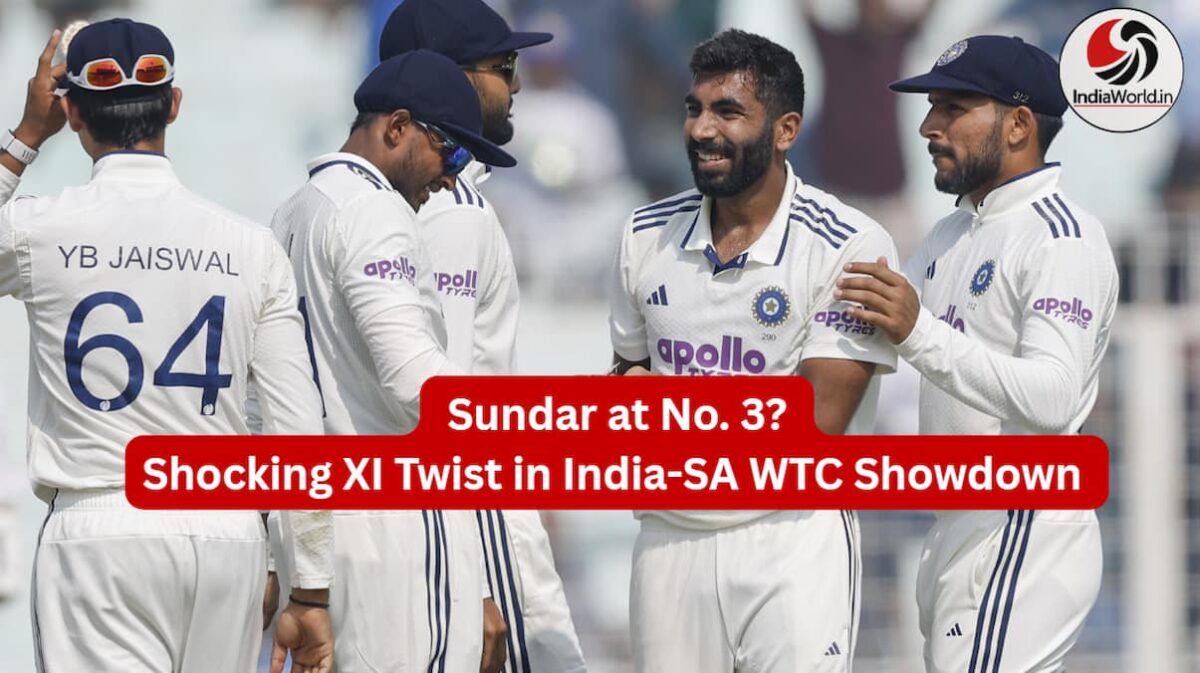Pakistan Trembles: Delhi Blast Ignites War Fears
Delhi’s Deadly Car Blast: 13 Lives Lost, Pakistan on High Alert – Echoes of Operation Sindoor
Imagine a quiet Monday evening in India’s bustling capital. Families stroll near the iconic Red Fort, the air thick with the scent of street food and history. Then, chaos erupts. A car bomb detonates, ripping through the crowd. Screams echo as smoke billows. By night’s end, 13 people are dead, and over 20 lie critically injured. This isn’t a movie scene—it’s the harsh reality of the Delhi blast on November 10, 2025. Prime Minister Narendra Modi wasted no time. “Those behind this barbaric act will face the full force of justice,” he declared in a fiery address, vowing no mercy for terror’s hand. But as investigators sift through wreckage, fingers point across the border. Whispers of Pakistan-backed groups like Jaish-e-Mohammed swirl, reigniting old wounds from the Pahalgam attack just months ago. Is this the spark that could light a full-blown India-Pakistan conflict? Let’s dive in.
The Shocking Delhi Blast: What Really Happened That Fateful Evening
Picture this: It’s around 6 PM near Delhi’s Red Fort, a UNESCO World Heritage site drawing tourists and locals alike. A white sedan, packed with explosives, pulls up amid the evening rush. Boom. The blast wave shatters windows, hurls debris, and claims lives in an instant. Eyewitnesses describe a “fireball from hell,” with twisted metal and bloodied sidewalks.
Official reports confirm at least 13 fatalities, including two children and a foreign tourist. Over 20 others suffered severe burns and shrapnel wounds, overwhelming local hospitals. Delhi Police, backed by the National Investigation Agency (NIA), sealed off the area within minutes. CCTV footage captured the horror: the car idling suspiciously before the explosion.
By Tuesday, the government labeled it a “terror incident.” Sources hint at links to earlier Kashmir arrests, suggesting a coordinated plot. Explosives? High-grade RDX, the kind favored by cross-border militants. Motive? To sow fear in India’s heart, right in the capital. As one senior official put it, “This was meant to hit where it hurts most—our sense of security.”
The aftermath unfolded fast. Emergency teams worked through the night, pulling survivors from rubble. Families gathered outside AIIMS Hospital, clutching photos of loved ones. Social media exploded with #DelhiBlast, blending grief with outrage. “How many more must die before we strike back?” one viral post demanded. Meanwhile, global leaders weighed in—U.S. President offering condolences, China urging restraint. But in India, the mood turned steely. Modi chaired an urgent cabinet meeting, greenlighting heightened alerts nationwide.
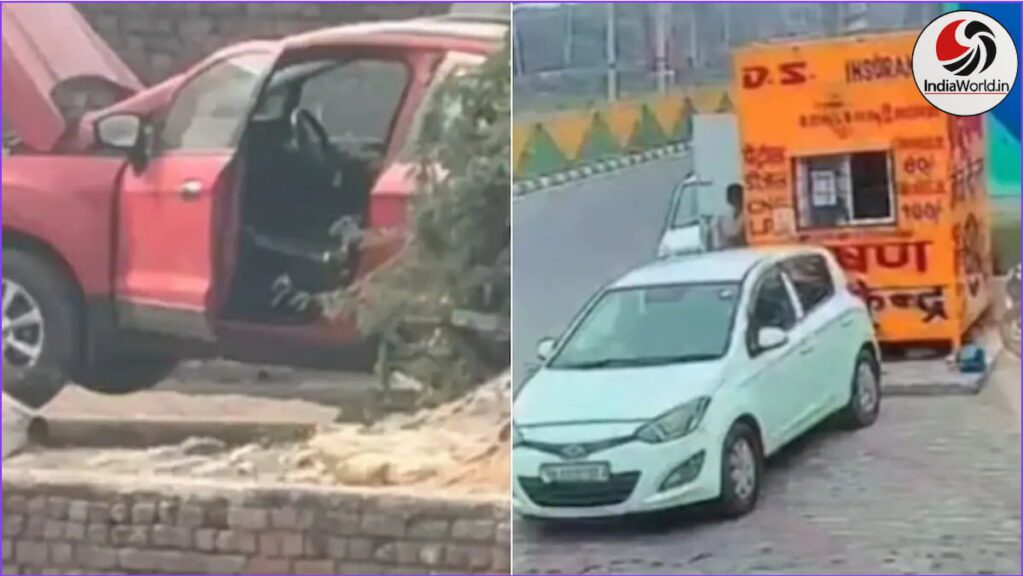
Pakistan’s Panic Mode: Mobilizing Troops and Sweating Bullets
Across the border, the Delhi blast sent shockwaves. Reports emerged of Pakistan’s military going into overdrive—troops mobilized along the Line of Control (LoC), air defenses on high alert, and emergency drills in Lahore and Islamabad. Why the frenzy? Simple: the ghosts of Operation Sindoor still haunt them. Just six months back, in May 2025, India launched precision strikes on terror camps in Pakistan-occupied Kashmir (PoK). That op, codenamed Sindoor after the sacred vermilion mark symbolizing resolve, flattened nine launchpads linked to Jaish-e-Mohammed. Over 50 militants perished, and key infrastructure crumbled.
Pakistan’s Defense Minister Khawaja Asif tried to play tough, boasting readiness for “any aggression from India or even Afghanistan.” But insiders paint a different picture: chaos in command centers, generals poring over satellite intel, fearing another “Sindoor surprise.” Social media in Pakistan buzzes with unease. One X post from a Lahore resident: “Delhi blast? We’re next. Army’s on the move—feels like 2019 all over again.” Analysts agree. “Islamabad’s preemptive bluster is a veil for vulnerability,” says a Carnegie Endowment report on the May conflict. With economic woes piling up—IMF loans dangling, inflation soaring—war talk is the last thing they need. Yet, here we are.
Adding fuel to the fire: a suspicious suicide blast in Islamabad just a day later, on November 11. It killed 12 near a judicial complex, injuring 20 more. The Pakistani Taliban claimed it, but whispers of a “false flag” to deflect Indian ire spread like wildfire. Interior Minister Mohsin Naqvi blamed “Indian-backed elements and Afghan proxies,” a bold counter-narrative. Coincidence? Or calculated chaos? Either way, it amps up the regional jitters, fraying the fragile ceasefire from May.
Flashback to Pahalgam: The Spark That Started It All
To grasp today’s terror, rewind to April 22, 2025. Pahalgam, the scenic gem in Jammu and Kashmir, turned bloodbath. Gunmen ambushed a tourist convoy, slaughtering 26—mostly civilians—in one of the deadliest strikes since 2000. The Resistance Front, a shadowy offshoot of Lashkar-e-Taiba, took credit. But Indian probes traced it straight to Jaish-e-Mohammed handlers in PoK.
That attack shattered post-2019 calm. Modi, fresh from his counter-terror doctrine announcement, saw red. “Terror is war,” he thundered in Parliament. Two weeks later, on May 7, Operation Sindoor unfolded like clockwork. Indian Rafales and drones zipped across the border, hitting camps in Muzaffarabad and Mirpur. Satellite images showed smoldering ruins; Pakistan downed two Indian jets in retaliation, but the damage was done. The four-day skirmish ended in a U.S.-brokered truce, but scars linger. Militants, per intel, slunk back into bunkers, regrouping under ISI shadows.
Fast-forward to now. The Delhi blast smells like payback. NIA sleuths raided sites in Kashmir, nabbing suspects with Pakistani SIM cards and Jaish propaganda. “These aren’t lone wolves,” an officer told reporters off-record. “It’s a network, funded and fueled from across the Radcliffe Line.” Pakistan denies it all, calling accusations “baseless propaganda.” But with Jaish chief Masood Azhar still roaming free, skepticism runs deep.
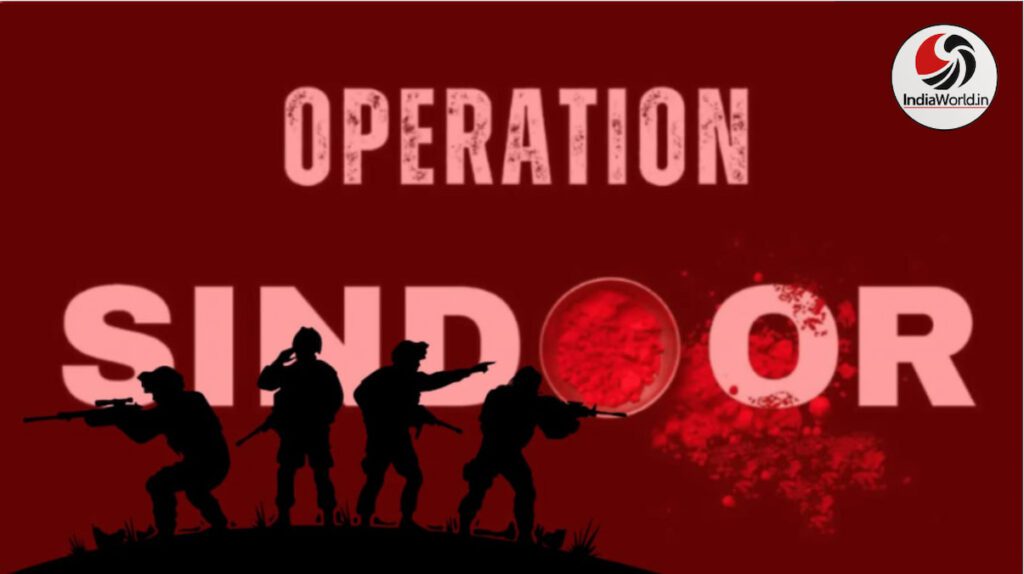
Modi’s Iron Fist: Vows of Retaliation and the Road Ahead
Narendra Modi’s response? Pure resolve. In a primetime address, he linked the blast to “enemies who thrive on chaos,” echoing his May pledge: any terror act is an “act of war.” No direct Pakistan jab yet—diplomacy demands caution amid global eyes—but actions speak louder. Border patrols doubled, cyber units hunting digital trails, and diplomats briefing the UN. “We’re not just reacting; we’re reshaping the rules,” a MEA source confided.
What could come next? Scenario one: Surgical strikes 2.0, targeting fresh Jaish hubs. Scenario two: Economic squeeze—halting trade, pushing FATF blacklisting. Or, worst case, escalation if Islamabad’s bluster turns to bullets. Experts like those at the International Centre for Counter-Terrorism warn: “Sindoor was a turning point; this could be the sequel.” Afghanistan’s Taliban shadows loom too, with Pakistan accusing India of proxy plays there. The region teeters on a knife’s edge.
Yet, amid the storm, glimmers of hope. Civil society voices—Indian and Pakistani—call for dialogue. “Bullets won’t bury hate; talks might,” tweeted a Karachi peace activist. International mediators, from Washington to Beijing, urge de-escalation. As one Economist piece noted, “A bombing in Delhi doesn’t have to doom South Asia.” But with 13 graves fresh and tensions boiling, the world watches breathlessly.
The Bigger Picture: Terror’s Grip on South Asia
This isn’t isolated. India-Pakistan rivalry, rooted in 1947’s bloody partition, claims thousands yearly via Kashmir clashes. Jaish-e-Mohammed, banned globally yet Pakistan-protected, has Pulwama 2019 and now this on its rap sheet. Post-Sindoor, camps rebuilt slyly, militants shifting to “safer” Afghan border zones. India’s playbook evolved too—drones, AI intel, zero-tolerance ops. But terror adapts, exploiting porous borders and online radicalization.
Economically, it’s a powder keg. Pakistan’s rupee tanks on war rumors; India’s markets dip but rebound on nationalist fervor. Globally, oil prices twitch, supply chains wobble. “South Asia’s stability is everyone’s business,” warns a CFR tracker. For everyday folks—from Delhi shopkeepers to Lahore farmers—it’s personal. Fear of the next blast, the next headline.
As probes deepen, one truth stands: unity against terror. Modi’s vow resonates, but peace demands more—cross-border intel sharing, deradicalization drives. Until then, the subcontinent holds its breath. What happens next? Only time, and perhaps another dawn raid, will tell. Stay tuned; this story’s far from over.
📢 Follow us on Arattai & Telegram for real-time updates on India-Pakistan tensions.
👉 Arattai Group: aratt.ai/@indiaworld_in
👉 Telegram Channel: t.me/indiaworld_in
📰 Visit IndiaWorld.in for:
